Wrestling with Writing
Published by Rowman & Littlefield
A wholly owned subsidiary of The Rowman & Littlefield Publishing Group, Inc.
4501 Forbes Boulevard, Suite 200, Lanham, Maryland 20706
www.rowman.com
Unit A, Whitacre Mews, 2634 Stannary Street, London SE11 4AB
Copyright 2018 by Nicholas D. Young, Bryan Thors Noonan, Kristen Bonanno-Sotiropoulos
All rights reserved. No part of this book may be reproduced in any form or by any electronic or mechanical means, including information storage and retrieval systems, without written permission from the publisher, except by a reviewer who may quote passages in a review.
British Library Cataloguing in Publication Information Available
Library of Congress Cataloging-in-Publication Data Available
ISBN 978-1-4758-3881-7 (cloth : alk. paper)
ISBN 978-1-4758-3882-4 (pbk. : alk. paper)
ISBN 978-1-4758-3883-1 (electronic)
 The paper used in this publication meets the minimum requirements of American National Standard for Information SciencesPermanence of Paper for Printed Library Materials, ANSI/NISO Z39.481992.
The paper used in this publication meets the minimum requirements of American National Standard for Information SciencesPermanence of Paper for Printed Library Materials, ANSI/NISO Z39.481992.
Printed in the United States of America
Nicholas D. Young
With deep respect and admiration, I would like to dedicate my contributions to this book to my second-grade teacher, Miss Rose Knight. Miss Knight had a long and distinguished career as a dedicated teacher at Alstead Elementary School located in Alstead, New Hampshire. She was one of those rare teachers who knew the importance of holding students accountable whether or not they wanted her to do so at the time. As the years have passed, I have gained a deeper appreciation for her style and commitment to high academic standards. Miss Knight, please know that your contributions to education were far from forgotten.
Bryan Thors Noonan
I dedicate my contribution to this book to Corey Wright and Zeina Spaulding for their support and commitment to shaping me as a teacher. I was fresh off the street as a reporter when you both entrusted me to design the newspaper team and writing classes at our school. You always made sure my students had what they needed, and your encouragement gave us all inspiration to succeed.
Kristen L. Bonanno-Sotiropoulos
I would like to dedicate this book to my grandmother, Philomena Price. You have shown me what it means to be a strong, independent, and confident woman. You were always there when I needed you mostto protect, support, and encourage me. With your unwavering love, I know I can aspire to anything I put my mind to. Ti voglio bene nonna.
Foreword
The time has come to view writing from a different stance, one in which the role of the educator is at the heart of the instructional equation. Since the writing revolution of the 1970s, to a now steady decline in writing scores since 1998, policymakers and educators alike are concerned (Teachers College Reading and Writing Project, 2016). This current writing crisis in our schools calls for a complete overhaul of how we have taught writing, and even more how we, as educators, have thought about ourselves as writers.
Educators must first be willing to explore and understand their own writers identity. This, similar to ones own personal identity, is comprised of thoughts and feelings about the act of writing, memories about writing from childhood, and experiences weve had while reading books written by authors we appreciate or dislike. These elements contribute to a writing identity that everyone poses. Educators must learn to deeply explore this identity piece of their students before tackling the daunting task of being an instructor of writing. In addition, educators must accept and use their strengths as a writer, and be able to admit weaknesses and seek development.
With educators at the center of the writing instruction, certain habits of mind need to be embraced. One such habit is to develop a personal writing identity as well as of the students in their charge. At its most basic level, this can be done by collecting wondrous words and tantalizing phrases from all genres of text, and creating personal writers notebooks in which to store them for sharing (Ray, 2015). It is through adopting practices such as this one, and many others, that an educator builds the confidence necessary to grapple with writing instruction.
The instructional equation necessary to create student writers should consist of educators who are given strong preservice and continued in-service training in how to teach writing; student-directed learning opportunities; and a standards-based, rigorous curriculum. As daunting as this task may seem, it is important to consider why writing is important and how to teach the craft of writing, as well as what supports are available when formulating a solution.
Writing is important for a myriad of reasons. It provides an outlet for students who need to be heard and affords them some creative freedom, while building their academic stamina and developing perseverance. Writing is also a core skill needed for students to navigate through many of lifes tasks, be it presenting facts about something specific, defending an opinion, or sharing a personal story. Writing transcends further than students sometimes think, such as college applications or into the hands of future employers, and as such educators need to constantly stress how writing can become a powerful tool.
Moreover, writing can be seen as the great equalizer among many students (Calkins, 2016). Those who struggle most, from the Special Education and English Language Learner populations, can feel empowered when it comes to writing within the poetry genre that often requires fewer words and is more condensed by nature. The most reluctant writers can thrive when allowing them time to sketch/label what they intend to write, and talk through their ideas with a writing partner first (Calkins, 2016).
Writing is also important as it bears such weight with state assessments. Success in classrooms across America is measured using those very same exams that require students to be writers in all content areas. The recently revised Massachusetts Curriculum Framework for English Language Arts and Literacy has added sections entitled Connections to the Standards for Mathematical Practice and The Massachusetts Writing Standards in Action that highlight the importance of this vital task (Massachusetts Department of Elementary and Secondary Education, 2017).
With this in mind, educators need to learn to teach writing differently than ever before, adopting a mind shift from acting as keeper of the knowledge to facilitator of the learning. This includes being responsive wherever students are in their trajectory and knowledgeable about how children develop into writers (National Center for Education Statistics, 2012). It is through this repositioning of the educator that the importance of teaching writing as a craft can become the focus.
Educators should teach the craft of writing by encouraging students to listen to, read, and discuss exemplars every day as a pathway to producing stronger writers. Students need to hear rich language, unique sentence structure, and interesting writing styles in order to transfer those attributes into their own work. Peer conferences, guided writing groups, and interactive online tutorials are other strategies that provide necessary feedback for students production and improvement. There is a direct correlation between the amount a person reads and the writing skills they possess; therefore, independent reading time (IRT) should be held as one of the most sacred blocks in the instructional day (Hanski, 2014).

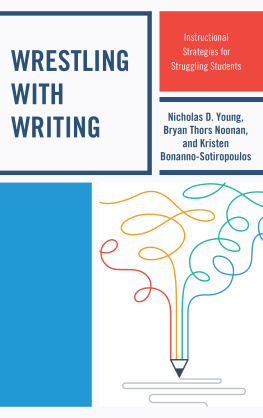
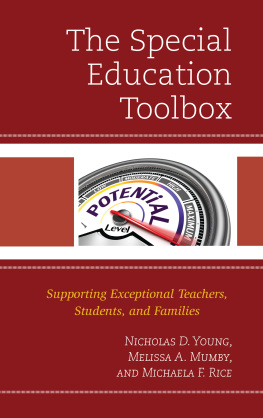

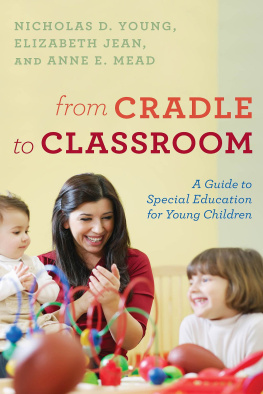
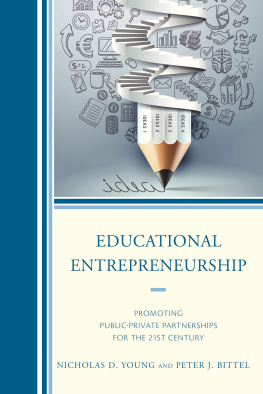
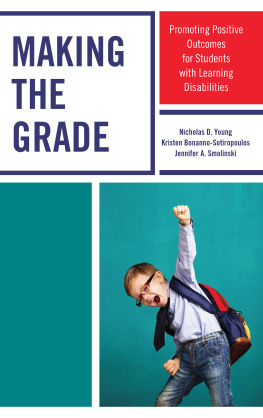

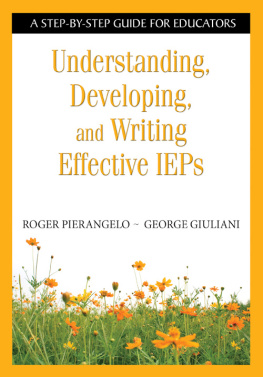
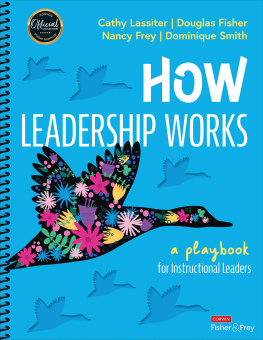
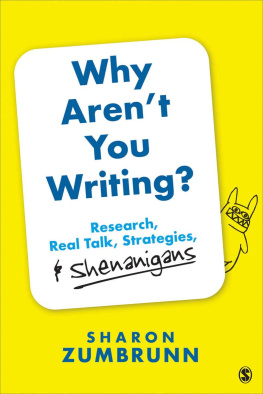
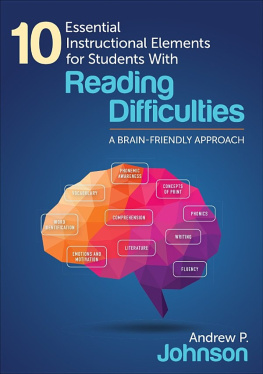
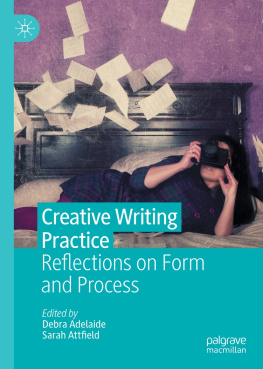
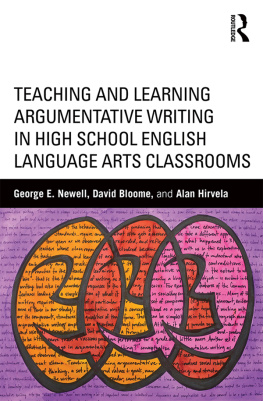

 The paper used in this publication meets the minimum requirements of American National Standard for Information SciencesPermanence of Paper for Printed Library Materials, ANSI/NISO Z39.481992.
The paper used in this publication meets the minimum requirements of American National Standard for Information SciencesPermanence of Paper for Printed Library Materials, ANSI/NISO Z39.481992.